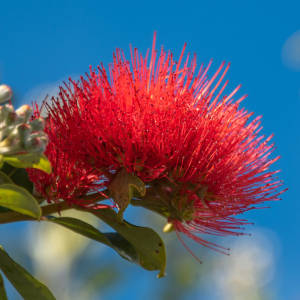Splendor of Autumn
This morning was lovely and mild and the sun helped dry my washing. I took these lovely shots of the Sasanqua Camellias just down the street from us. The little trees are covered in beautiful pink flowers and the bees were loving them.
This afternoon I wanted to get out in the garden and do a bit of clearing up. Just got out there and the rain started but it didn't last long and managed to get a lot done before the next shower came along. The southerly change has arrived now and it is a lot cooler.
All About the Sasanqua Camellias
The autumn/early winter-flowering sasanqua camellia is also known as the tough camellia. It’s the one that will cope with sun, is faster growing and can be hedged or shaped to suit a wide variety of positions in the garden. Sasanquas also belong to that group of plants that will perform and flower in reasonably deep shade.
Sasanqua flowers come in traditional camellia shades of pink, white and cerise. The fragile-looking blooms can be single, double or something in between. Some are ‘self-grooming’ which means they shed their mature flowers.
The Sasanqua Camellia was not known in western societies until 1869 when Dutch traders imported some specimens into Europe. It is now also introduced to Australia and the United States.
It has a long history of cultivation in Japan for practical rather than decorative reasons. The leaves are used to make tea while the seeds or nuts are used to make tea seed oil, which is used for lighting, lubrication, cooking and cosmetic purposes. Tea oil has a higher calorific content than any other edible oil available naturally in Japan.
In Japan, it is not considered to be a true Camellia as the Japanese call it Sazanka.
For more information on the Sasanqua Camellia

Comments
Sign in or get an account to comment.


